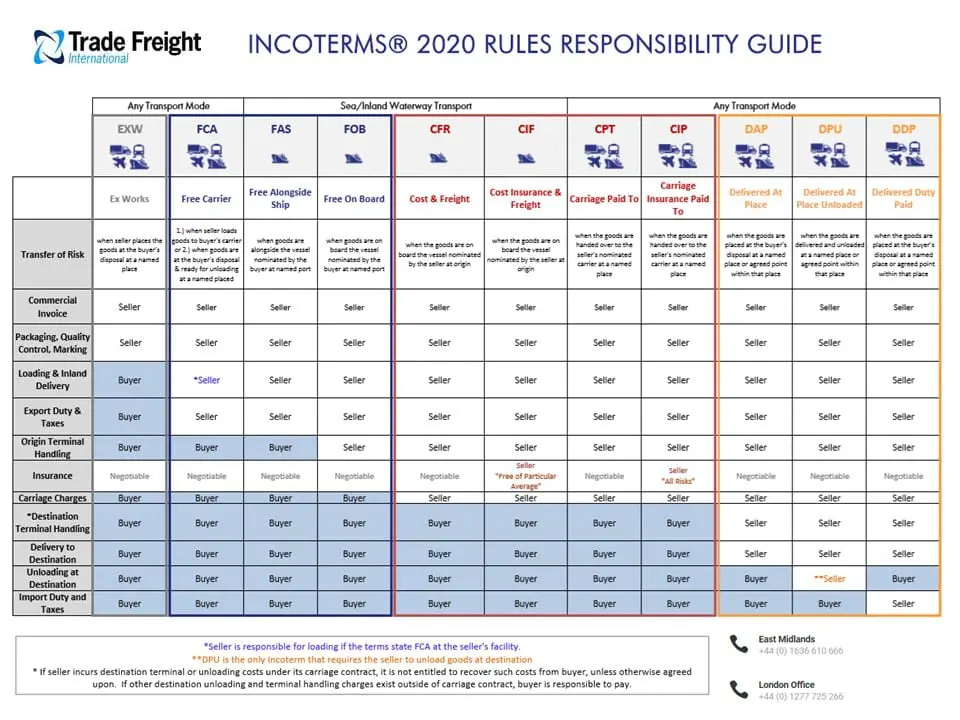There’s no denying that exporting goods can require a lot of documentation. This means that preparing it is almost always going to be a fairly significant part of any exporter’s job. The good news is that if you do it in the right way, it doesn’t have to suck up all your time. Here are some tips.
Make a point to train your staff on the principles of exporting
If you and your staff understand what you are doing and why you are doing it, then the process of making everything happen is likely to become a whole lot easier.
Have a decent organisation system for finding the data items you need
If there are data items you use over and over again, then make sure that they are stored somewhere really obvious. If there are data items you need to be sent to you, then make sure you have an effective, meaning streamlined process for collecting them. This may involve thinking outside the box slightly. For example, if you’re still using emails and/or standard office documents, then you might want to consider switching to an online form. Google forms is really easy to use and there are plenty of other options.
Learn to love checklists
You can’t remember everything and it’s not “just being negative” to say that there’s no point in trying, it’s just acknowledging reality. In fact, if you’re using specialist software then you might want to have two checklists, one for when you’re using your software and one for any occasions when you need to fall back on manual methods. Admittedly it’s hard to see how this might happen but it doesn’t hurt to be prepared.
Invest in decent software
If you know you’re going to be processing a lot of export forms, then it makes sense to invest in software to do the job with more speed and less stress. Using software can also vastly reduce the potential for human error as a good software programme will only require you to enter key data once and then will populate it wherever it is needed. The fewer times humans need to enter data, the less chance there is that they will mistype it.
Make the most of templates/automation features
Repetitive tasks are prime targets to be managed through templates and automation features. You can use templates in standard productivity software and even common office programmes will tend to have at least basic automation functionality, macros being the obvious example of this. Specialist software will often have all kinds of options for templates and automation functions and you can make your document-preparation process go a whole lot more smoothly by learning how to use them.
Bonus tip – take your archiving process seriously
You’re probably going to need to keep a “paper” trail of your export documentation for at least five years after the transaction is complete and if you’re challenged on it, then you’re going to need to be able to find it, probably within a stated time-frame. This means that, as a minimum, you should have an effective document-management process in place and be following proper archiving procedures.
It is strongly recommended to ensure that your mandatory paperwork is backed up by relevant notes and, where appropriate, additional paperwork, such as correspondence with relevant third parties (basically anybody you could be accused of bribing). For example, if you have to make a decision, then write down your rationale behind taking the decision that you did.
Compliance can be a bit like a maths exam, even if you wind up getting the answer wrong, you can still get a decent amount of marks for showing your working and demonstrating that you understood the principles, even if you didn’t apply them quite correctly. Doing so can make the difference between a hefty fine and a slap on the wrist.
Contact us to find out how we can help



Recent Comments